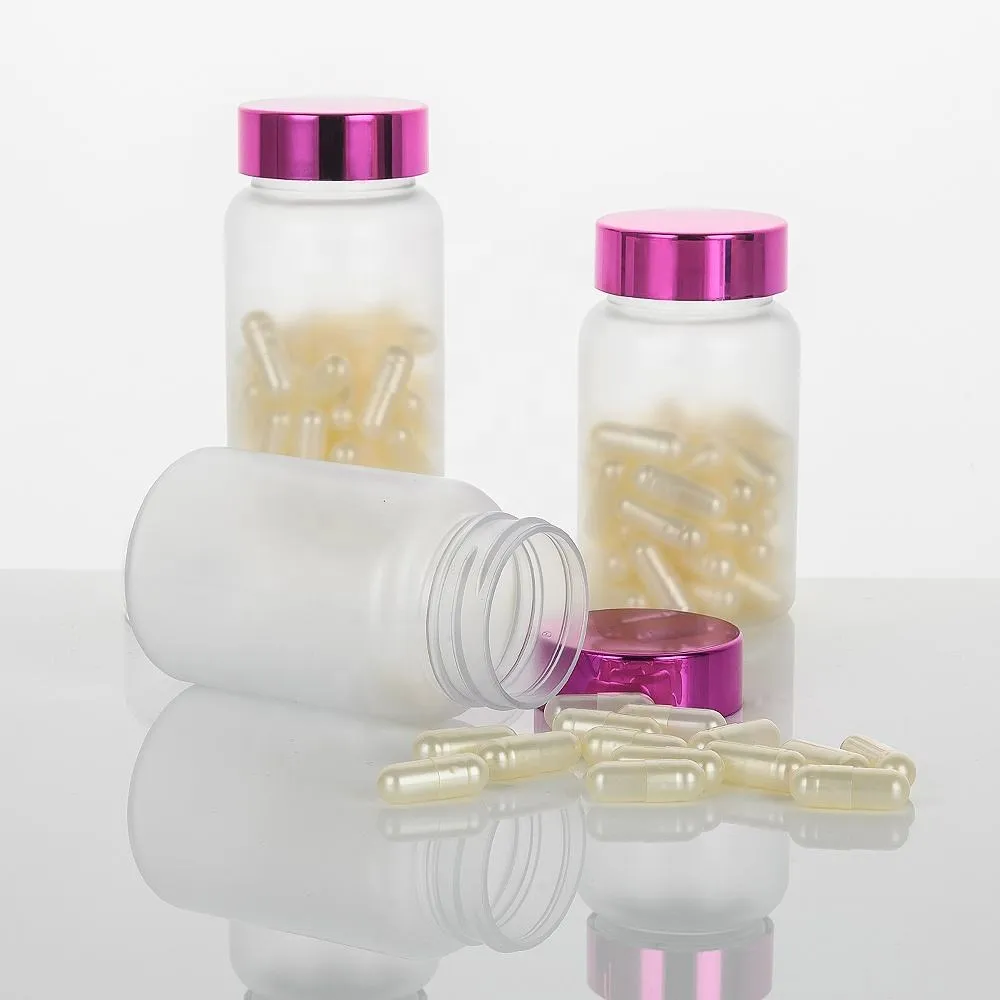
-
 Afrikaans
Afrikaans -
 Albanian
Albanian -
 Amharic
Amharic -
 Arabic
Arabic -
 Armenian
Armenian -
 Azerbaijani
Azerbaijani -
 Basque
Basque -
 Belarusian
Belarusian -
 Bengali
Bengali -
 Bosnian
Bosnian -
 Bulgarian
Bulgarian -
 Catalan
Catalan -
 Cebuano
Cebuano -
 Corsican
Corsican -
 Croatian
Croatian -
 Czech
Czech -
 Danish
Danish -
 Dutch
Dutch -
 English
English -
 Esperanto
Esperanto -
 Estonian
Estonian -
 Finnish
Finnish -
 French
French -
 Frisian
Frisian -
 Galician
Galician -
 Georgian
Georgian -
 German
German -
 Greek
Greek -
 Gujarati
Gujarati -
 Haitian Creole
Haitian Creole -
 hausa
hausa -
 hawaiian
hawaiian -
 Hebrew
Hebrew -
 Hindi
Hindi -
 Miao
Miao -
 Hungarian
Hungarian -
 Icelandic
Icelandic -
 igbo
igbo -
 Indonesian
Indonesian -
 irish
irish -
 Italian
Italian -
 Japanese
Japanese -
 Javanese
Javanese -
 Kannada
Kannada -
 kazakh
kazakh -
 Khmer
Khmer -
 Rwandese
Rwandese -
 Korean
Korean -
 Kurdish
Kurdish -
 Kyrgyz
Kyrgyz -
 Lao
Lao -
 Latin
Latin -
 Latvian
Latvian -
 Lithuanian
Lithuanian -
 Luxembourgish
Luxembourgish -
 Macedonian
Macedonian -
 Malgashi
Malgashi -
 Malay
Malay -
 Malayalam
Malayalam -
 Maltese
Maltese -
 Maori
Maori -
 Marathi
Marathi -
 Mongolian
Mongolian -
 Myanmar
Myanmar -
 Nepali
Nepali -
 Norwegian
Norwegian -
 Norwegian
Norwegian -
 Occitan
Occitan -
 Pashto
Pashto -
 Persian
Persian -
 Polish
Polish -
 Portuguese
Portuguese -
 Punjabi
Punjabi -
 Romanian
Romanian -
 Russian
Russian -
 Samoan
Samoan -
 Scottish Gaelic
Scottish Gaelic -
 Serbian
Serbian -
 Sesotho
Sesotho -
 Shona
Shona -
 Sindhi
Sindhi -
 Sinhala
Sinhala -
 Slovak
Slovak -
 Slovenian
Slovenian -
 Somali
Somali -
 Spanish
Spanish -
 Sundanese
Sundanese -
 Swahili
Swahili -
 Swedish
Swedish -
 Tagalog
Tagalog -
 Tajik
Tajik -
 Tamil
Tamil -
 Tatar
Tatar -
 Telugu
Telugu -
 Thai
Thai -
 Turkish
Turkish -
 Turkmen
Turkmen -
 Ukrainian
Ukrainian -
 Urdu
Urdu -
 Uighur
Uighur -
 Uzbek
Uzbek -
 Vietnamese
Vietnamese -
 Welsh
Welsh -
 Bantu
Bantu -
 Yiddish
Yiddish -
 Yoruba
Yoruba -
 Zulu
Zulu
Jan . 28, 2025 01:54
Back to list
reagent bottle 2000ml
Choosing the right reagent bottle, especially a 2000ml variant, is essential for laboratories aiming to enhance their operational efficiency and safety. Over years of experience in the lab equipment sector, I have discerned certain pivotal attributes that a high-quality reagent bottle must possess to meet the rigorous demands of modern scientific research.
Trust in product quality is built over decades of consistent performance. Brands that subject their 2000ml reagent bottles to rigorous quality controls and secure certifications from relevant authorities have earned their esteemed reputations. Certification, such as ISO standards, is not merely a bureaucratic checkbox. It is a testament to the bottle's reliability and compliance with international safety and quality norms, crucial for labs operating in a globally interconnected academic or industrial landscape. Investing in high-quality reagent bottles might seem like a minor detail, but it plays an instrumental role in ensuring reproducibility and reliability of experimental results. By prioritizing safety, efficiency, and quality, these containers become trustworthy allies in scientific exploration and discovery. Building trust extends beyond mere product functionality. Many of my colleagues and I have found value in manufacturers who offer robust customer support and comprehensive warranties. These services provide peace of mind, knowing that expert guidance or replacements are just a call away should any issues arise. In conclusion, the 2000ml reagent bottle is not just a vessel; it's an integral component of lab operations. With vast experience and insights into laboratory needs, choosing the right bottle boils down to understanding material properties, design functionality, and trusting reputable brands with proven track records. These bottles are essential tools that, when carefully selected, empower researchers to focus on what truly matters—scientific innovation and discovery.


Trust in product quality is built over decades of consistent performance. Brands that subject their 2000ml reagent bottles to rigorous quality controls and secure certifications from relevant authorities have earned their esteemed reputations. Certification, such as ISO standards, is not merely a bureaucratic checkbox. It is a testament to the bottle's reliability and compliance with international safety and quality norms, crucial for labs operating in a globally interconnected academic or industrial landscape. Investing in high-quality reagent bottles might seem like a minor detail, but it plays an instrumental role in ensuring reproducibility and reliability of experimental results. By prioritizing safety, efficiency, and quality, these containers become trustworthy allies in scientific exploration and discovery. Building trust extends beyond mere product functionality. Many of my colleagues and I have found value in manufacturers who offer robust customer support and comprehensive warranties. These services provide peace of mind, knowing that expert guidance or replacements are just a call away should any issues arise. In conclusion, the 2000ml reagent bottle is not just a vessel; it's an integral component of lab operations. With vast experience and insights into laboratory needs, choosing the right bottle boils down to understanding material properties, design functionality, and trusting reputable brands with proven track records. These bottles are essential tools that, when carefully selected, empower researchers to focus on what truly matters—scientific innovation and discovery.
Share
Prev:
Next:
Latest news
-
Premium Metal Dropper Bottle for Precise Dispensing 250ml & 1ml Options AvailableNewsJul.04,2025
-
20 ml Headspace Vials - High Quality Polyethylene & Plastic Vials for Lab UseNewsJul.04,2025
-
Small Bottle with Pipette - Precise Dispensing 100ml Pipette Bottles for Essential Oils & Lab UseNewsJun.24,2025
-
Acetic Anhydride Bottle for Accurate Dropper Measurement in Pharmacy Use High-Quality Dropper BottlesNewsJun.10,2025
-
Innovative PET Bottle Design for Juice – Unique Shapes & Customization OptionsNewsJun.10,2025
-
20 Pack Sterilized Petri Dishes – Assorted Sizes, High Quality Small Plastic Petri Dishes for Lab UseNewsJun.10,2025
RECOMMEND PRODUCTS





















